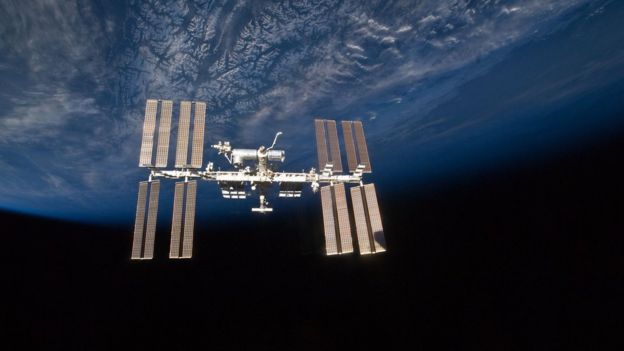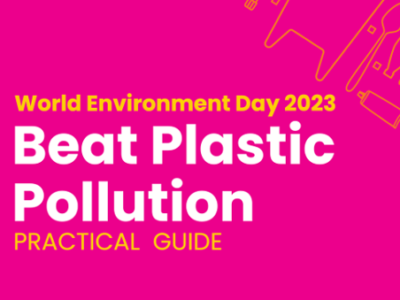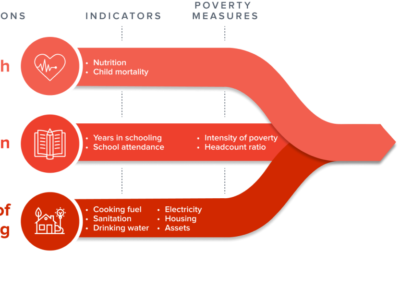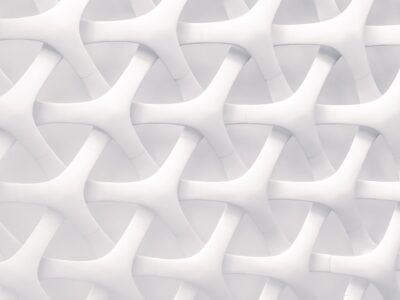In the International Space Station (ISS), water is in short supply, so National Aeronautics and Space Administration (NASA) has developed an innovative way to filter wastewater on the ISS using chemical and distillation processes. This lets it turn liquid from the air, sweat and even urine into drinkable water.
The International Space Station has been continuously occupied by humans since 2000. In fact, since 2008, more than 22,500 pounds of water have been recycled from urine alone on the ISS – something that would have cost more than $225m (£160m) to launch and deliver to the station from Earth.
“Most people are horrified when they see what we drink!” says Ms Coleman. “But the filtered water up there just tastes beautiful, it really is delicious.”
NASA has since licensed the technology to companies on Earth, which have created portable filters for use in places where fresh drinking water is scarce. Filters produced by US firm Water Security Corporation, for example, have been installed in villages across Mexico and Iraq, allowing residents to purify water from contaminated sources.
“The inspiration to use this technology in developing countries was directly related to what was required for it to be successful in space,” says Ken Kearney, vice president of sales and marketing.
“It is incredibly reliable and requires no skilled maintenance. It can be deployed in regions where there is little or no electricity, using only gravity pressure to push water through the system.”
NASA is also funding research into whether human faeces can be recycled into food on long space missions - although it seems unlikely that such an extreme solution would catch on back on Earth.
Source: BBC






